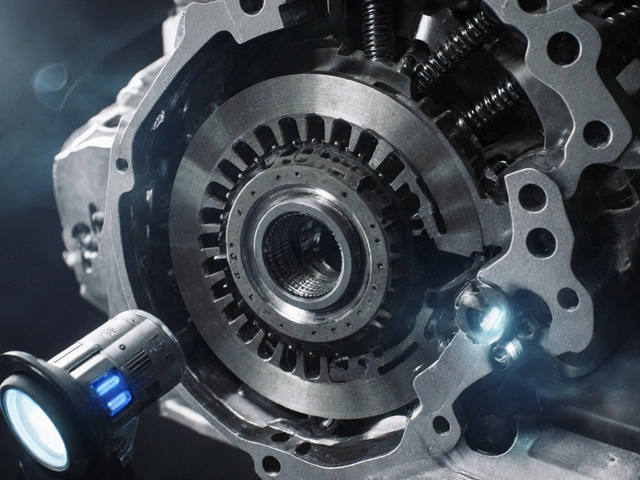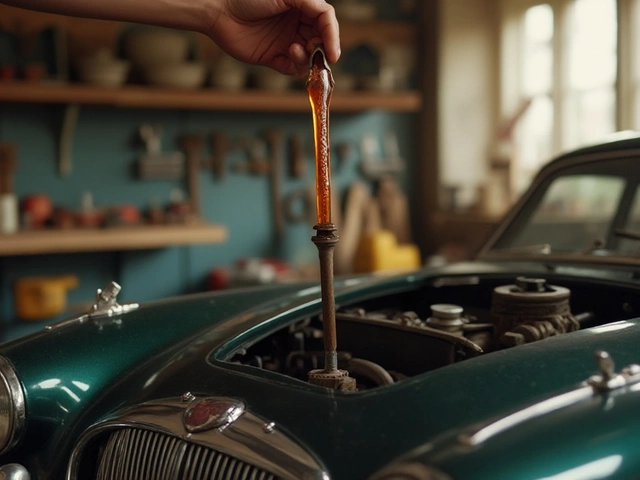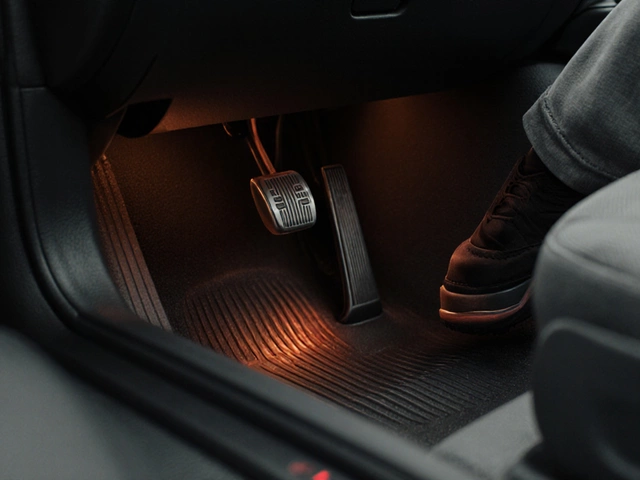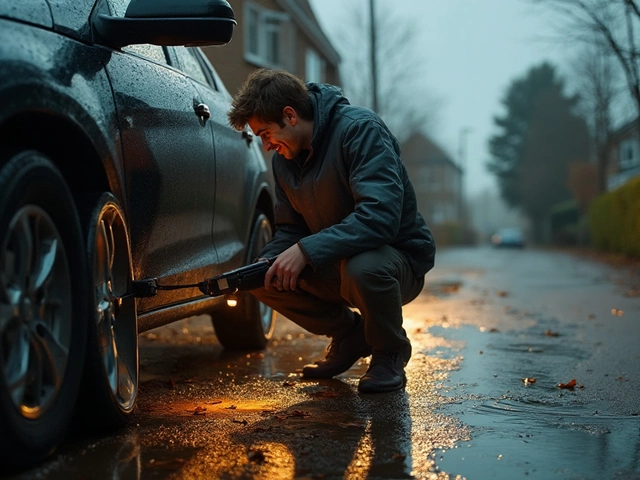Key Takeaways
- Listen for grinding or squealing noises - they’re often the first clue.
- Slipping under load, a hard pedal, or a burning smell usually mean the clutch is near failure.
- Most drivers see clutch wear between 60,000mi and 100,000mi, but aggressive city driving can cut that in half.
- DIY replacement saves $300‑$500 on parts and labor, but you need the right tools and a safe workspace.
- Choosing OEM offers factory‑fit and warranty, while quality aftermarket kits can give extra durability at a lower price.
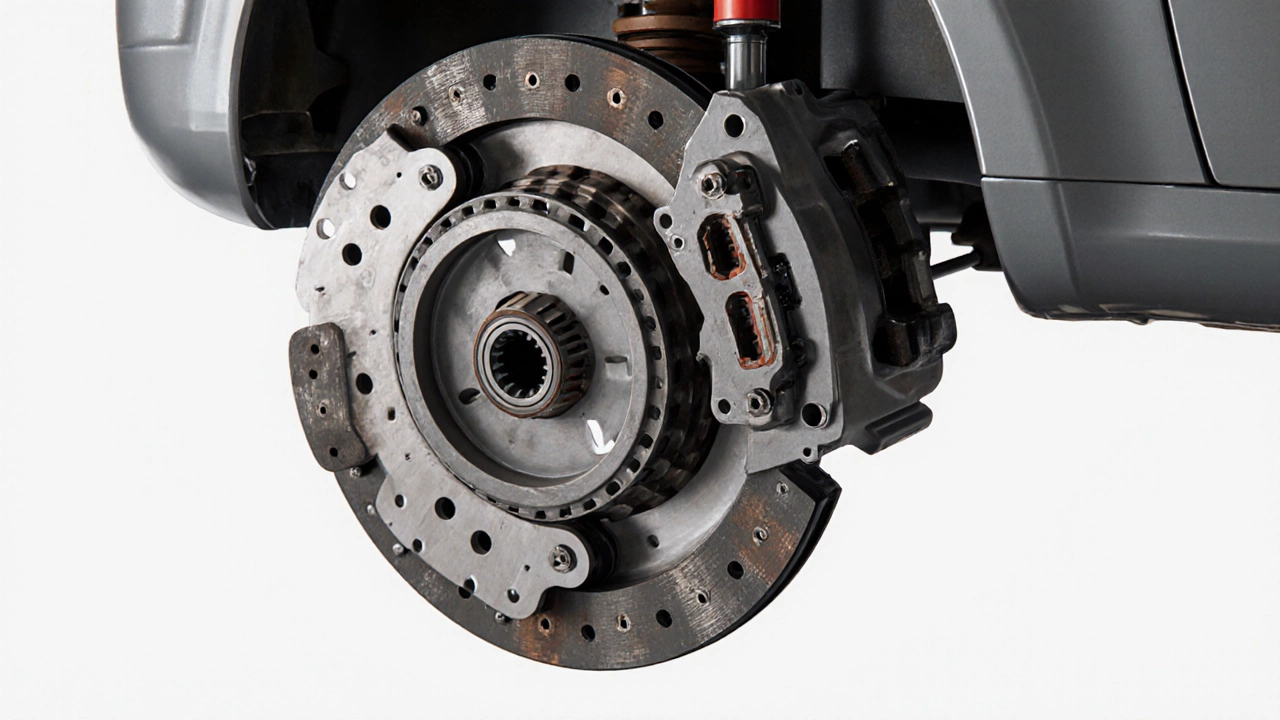
How a Clutch Kit Works
When building the foundation of the explanation, it helps to know exactly what we’re talking about. Clutch kit is a set of components that engage and disengage engine power to the transmission. The kit typically includes a clutch disc, a pressure plate, a throw‑out bearing, and often a new flywheel if resurfacing isn’t enough.
When you press the clutch pedal, the hydraulic system (or cable in older cars) pushes the throw‑out bearing against the pressure plate. This disengages the clutch disc from the flywheel, letting you shift gears without grinding. Release the pedal, the springs in the pressure plate clamp the disc back to the flywheel, and power flows to the transmission. Understanding this loop makes the symptoms later on much clearer.

